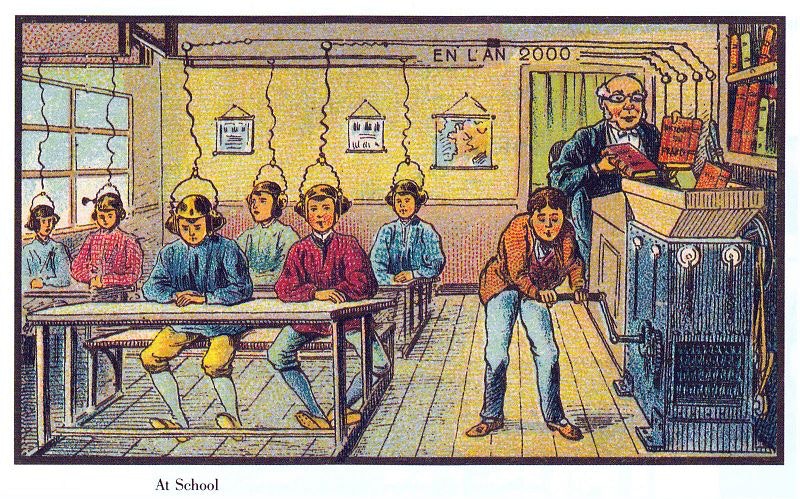“Research by the Confederation of British Industry (CBI) showed 90% of people will need new skills by 2030.”
This is now making headline news, as was covered by Sky News recently. The need for people to own and constantly refresh and update their skills portfolio is no small issue, but how do we make sure it gets the attention it deserves?
90% of people equates to more than 29 million working folk in the UK, that is some number to get on board. Add to that what is learned at university is outdated by the time the student graduates, and we have a bit of an issue on our hands.
Apprenticeships, connecting education with employment hiring requirements and learning that meets the needs of tomorrow – smaller, faster, more applicable in the workplace. It’s time to take responsibility.


